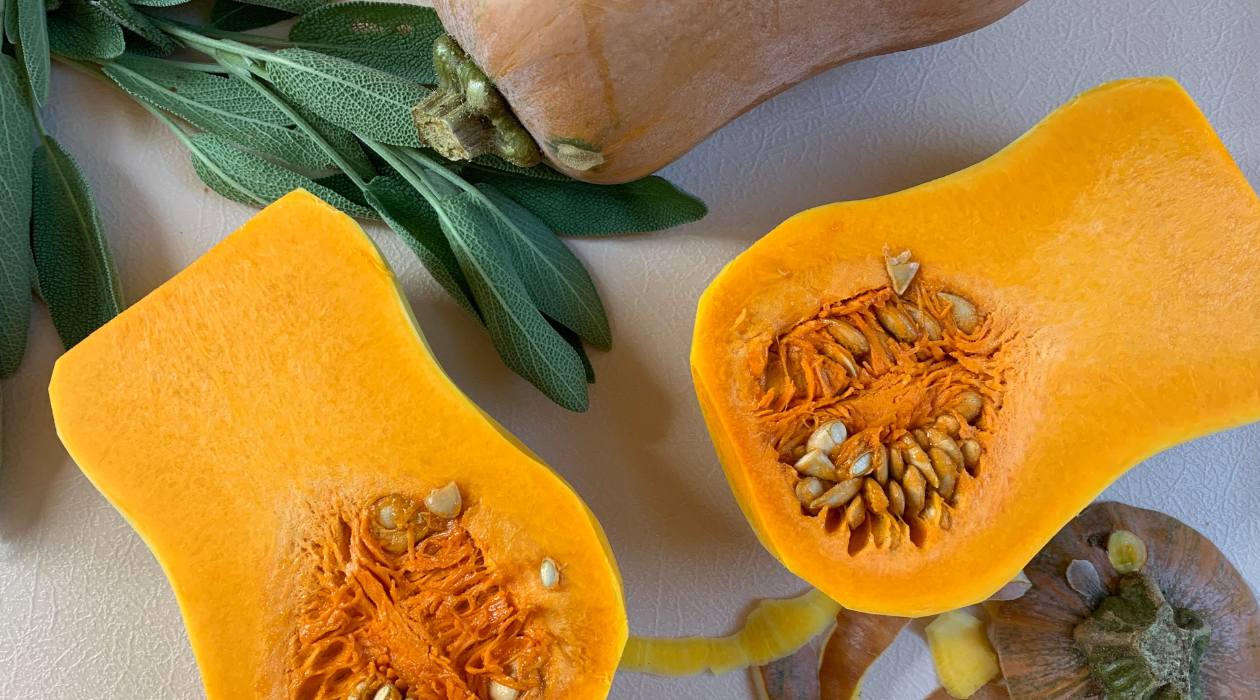

Articles
How To Store Squash In The Fridge
Modified: September 1, 2024
Learn the best way to store squash in the fridge with these helpful articles. Keep your squash fresh and delicious for longer!
(Many of the links in this article redirect to a specific reviewed product. Your purchase of these products through affiliate links helps to generate commission for Storables.com, at no extra cost. Learn more)
Introduction
Storing squash in the fridge is a great way to extend its shelf life and ensure its freshness for longer. Whether you have harvested squash from your garden or purchased it from the store, proper storage is essential for preventing spoilage and preserving its flavor and texture.
However, not all types of squash are suitable for refrigeration. Some varieties, like acorn squash and butternut squash, are best stored at room temperature. On the other hand, summer squash and zucchini can benefit from being stored in the fridge.
In this article, we will guide you through the process of storing squash in the fridge. We will discuss which types of squash are suitable for refrigeration, how to prepare squash for storage, and provide tips to help you make the most out of your squash.
By following these guidelines, you can ensure that your squash stays fresh, delicious, and ready to be used in your favorite recipes.
Key Takeaways:
- Store summer squash and zucchini in the fridge to prolong freshness, but keep acorn and butternut squash at room temperature for sweeter flavor. Proper preparation and storage methods can maximize shelf life and reduce food waste.
- Wrap whole squash in paper towels and store in a perforated bag in the crisper drawer. For cut squash, tightly wrap in plastic and use within 3-4 days. Follow these tips to ensure your squash stays fresh and flavorful.
Read more: How To Store Acorn Squash For The Winter
Choosing the Right Squash for Refrigeration
Not all types of squash are ideal for refrigeration. Some varieties, such as acorn squash and butternut squash, have a longer shelf life when stored at room temperature. These types of squash can actually develop a sweeter flavor when allowed to ripen outside the fridge.
On the other hand, summer squash and zucchini are more suitable for refrigeration. These varieties have a higher water content and tend to spoil more quickly at room temperature. By storing them in the fridge, you can help prolong their freshness and maintain their crisp texture.
When selecting squash for refrigeration, it’s important to choose ones that are firm, without any soft spots or blemishes. Avoid squash with mold or signs of decay, as these will not last long even in the fridge.
You can also opt for smaller or medium-sized squash, as they tend to have a shorter storage life compared to larger ones. It’s best to use up smaller squash within a week to prevent any loss of quality.
If you have a surplus of squash that you won’t be able to consume within a reasonable time frame, consider freezing them instead. Freezing squash is an excellent way to preserve their freshness for an extended period. However, keep in mind that frozen squash will have a softer texture and may be better suited for soups, stews, and casseroles rather than raw consumption.
In the next section, we will discuss how to prepare squash for storage in the fridge.
Preparing Squash for Storage
Before storing squash in the fridge, it’s important to properly prepare them to ensure maximum freshness and prevent any spoilage. Here are a few steps to follow:
- Wash the squash: Start by thoroughly washing the squash under cool running water. This will help remove any dirt or debris from the surface of the squash. Scrub gently with a vegetable brush if needed.
- Dry the squash: After washing, make sure to pat the squash dry with a clean towel. Excess moisture can promote decay, so it’s important to remove any lingering moisture before storing.
- Remove the stem: If your squash has a stem, you can trim it down to about an inch in length. This will prevent the stem from poking through any plastic bags or containers and causing bruising.
- Leave the skin intact: It’s best to store squash with the skin intact to maintain their freshness and texture. The skin acts as a protective barrier, keeping the flesh firm and preventing moisture loss.
- Avoid cutting the squash: Try to avoid cutting the squash before storing it in the fridge. Once the squash is cut, it is more prone to spoilage due to exposure to air and bacteria. If you have excess cut squash that needs to be stored, we will discuss the proper method in the next section.
By following these preparation steps, you can ensure that your squash is ready for storage and will stay fresh for longer periods in the fridge. Now let’s move on to the next section, where we will discuss how to store whole squash in the fridge.
Storing Whole Squash in the Fridge
When storing whole squash in the fridge, it’s important to provide them with the right conditions to maintain their freshness. Follow these steps to store whole squash:
- Wrap in paper towels: Take a few pieces of paper towel and wrap them around the whole squash. This helps absorb any excess moisture and prevent condensation from forming, which can lead to spoilage.
- Place in a perforated bag or container: Transfer the wrapped squash to a perforated bag or container. These allow air to circulate around the squash, preventing them from becoming too humid and reducing the risk of mold or rot.
- Store in the crisper drawer: Keep the squash in the crisper drawer of your fridge, where the temperature and humidity levels are usually higher. This helps maintain the freshness and texture of the squash.
It’s important to note that whole squash can last for several weeks when stored properly in the fridge. However, it’s recommended to check them periodically for any signs of spoilage, such as soft spots or mold. If you notice any issues, it’s best to use up the squash as soon as possible to prevent it from affecting other stored produce.
In the next section, we will discuss the proper method for storing cut squash in the fridge.
Store squash in the fridge in a perforated plastic bag to maintain humidity. Keep it in the crisper drawer to prevent it from drying out. Avoid storing it near ethylene-producing fruits, as this can cause the squash to spoil faster.
Storing Cut Squash in the Fridge
If you have cut squash that you need to store in the fridge, it’s important to take the right steps to maintain its freshness. Here’s how to store cut squash:
- Wrap tightly in plastic wrap: Start by tightly wrapping the cut end of the squash with plastic wrap. This helps prevent moisture loss and keeps the flesh from drying out.
- Place in an airtight container or bag: Transfer the wrapped cut squash to an airtight container or resealable bag. This further protects it from air exposure and helps maintain its texture.
- Label and date the container: It’s a good practice to label and date the container or bag, especially if you have multiple varieties of squash. This will help you keep track of how long the squash has been stored.
- Store in the fridge: Keep the container of cut squash in the refrigerator, preferably in the crisper drawer or in an area with consistent temperature. Avoid storing it near any strong-smelling foods, as squash can easily absorb odors.
When properly stored, cut squash can last for around 3 to 4 days in the fridge. It’s important to check for any signs of spoilage before using the squash. If you notice any mold, an unpleasant odor, or a slimy texture, it’s best to discard the squash.
Remember, it’s always better to cut and store only the amount of squash that you’ll be using within a few days to minimize waste and ensure the best quality.
Now that you know how to store both whole and cut squash in the fridge, let’s move on to some additional tips to help you make the most out of your squash storage.
Tips for Storing Squash in the Fridge
To make the most out of your squash storage in the fridge, here are some additional tips and recommendations:
- Keep squash separate from ethylene-sensitive produce: Squash can release a gas called ethylene as it ripens, which can cause other fruits and vegetables to spoil faster. It’s best to store squash away from ethylene-sensitive produce like leafy greens, berries, and apples.
- Avoid stacking heavy items on top: Squash can be fairly delicate and prone to bruising. Avoid placing heavy items on top of the squash in the fridge, as this can cause damage and accelerate spoilage.
- Don’t wash squash before storage: Unlike some other fruits and vegetables, squash should not be washed before storage. Washing them can introduce excess moisture, leading to faster spoilage. Wait to wash the squash just before you’re ready to use it.
- Rotate your squash: If you have multiple squash stored in the fridge, make sure to rotate them regularly. This helps ensure even exposure to temperature and prevents any squash from being forgotten and becoming wasted.
- Inspect regularly: Check on stored squash periodically to ensure they are still fresh. Look for any signs of mold, soft spots, or off odors. If you spot any issues, it’s best to remove the affected squash to prevent spoilage from spreading.
- Use within a reasonable time frame: While squash can last for several weeks in the fridge when stored properly, it’s best to use them within a reasonable time frame for the best quality. As time passes, the flavor, texture, and nutritional value of the squash may start to decline.
By following these tips, you can maximize the shelf life of your stored squash and reduce food waste. Remember to use your senses to assess the quality of the squash, and when in doubt, it’s always better to err on the side of caution and discard any spoiled or questionable squash.
Now that you have learned how to store squash in the fridge, you can confidently enjoy your favorite squash recipes all year round while ensuring its freshness and quality.
.
.
.
.
.
.
.
.
.
.
.
.
Valid HTML output.
Conclusion
Storing squash in the fridge is a simple and effective way to extend its shelf life and maintain its freshness. By choosing the right types of squash, properly preparing them for storage, and following the recommended storage methods, you can enjoy delicious squash in your recipes for longer periods.
Remember to select squash varieties that are suitable for refrigeration, such as summer squash and zucchini, while opting to store other types like acorn squash and butternut squash at room temperature. Properly washing and drying the squash, leaving the skin intact, and avoiding cutting it until necessary are important steps in preparing squash for storage.
When storing whole squash, wrap it in paper towels and place it in a perforated bag or container before storing it in the crisper drawer of your fridge. For cut squash, tightly wrap the cut ends in plastic wrap, place it in an airtight container or bag, and store it in the fridge. It’s important to check stored squash periodically and use them within a reasonable time frame.
To maximize the storage life of your squash, keep them separate from ethylene-sensitive produce, avoid stacking heavy items on top, and refrain from washing them before storage. Regularly inspect your stored squash for any signs of spoilage and rotate them to ensure even exposure to temperature.
By following these guidelines and incorporating these best practices, you can reduce food waste and ensure that your squash stays fresh and flavorful for longer periods.
So, the next time you have an abundance of squash, don’t worry about using it all up quickly. With the right storage techniques, you can savor the taste of squash in your favorite dishes throughout the year!
Frequently Asked Questions about How To Store Squash In The Fridge
Was this page helpful?
At Storables.com, we guarantee accurate and reliable information. Our content, validated by Expert Board Contributors, is crafted following stringent Editorial Policies. We're committed to providing you with well-researched, expert-backed insights for all your informational needs.


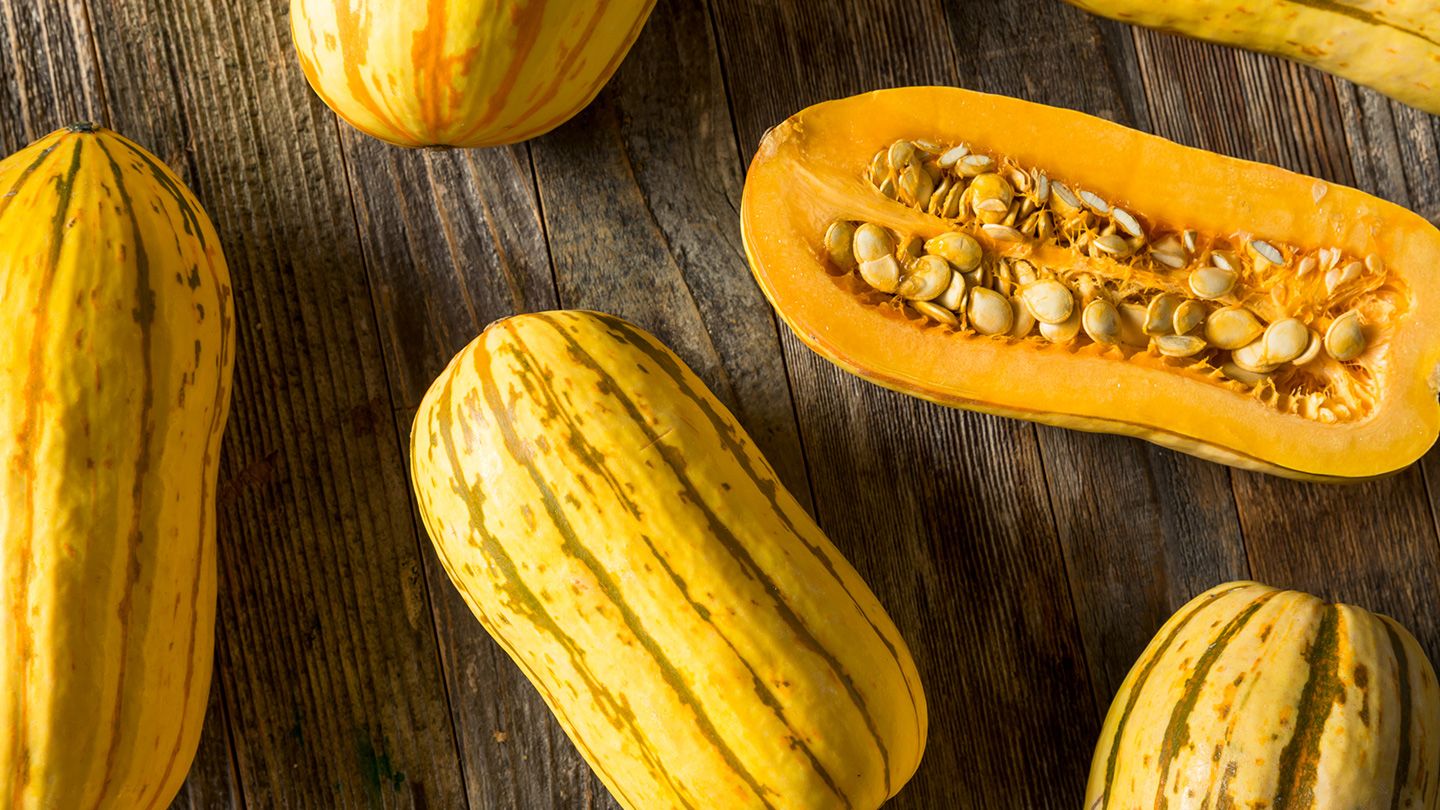
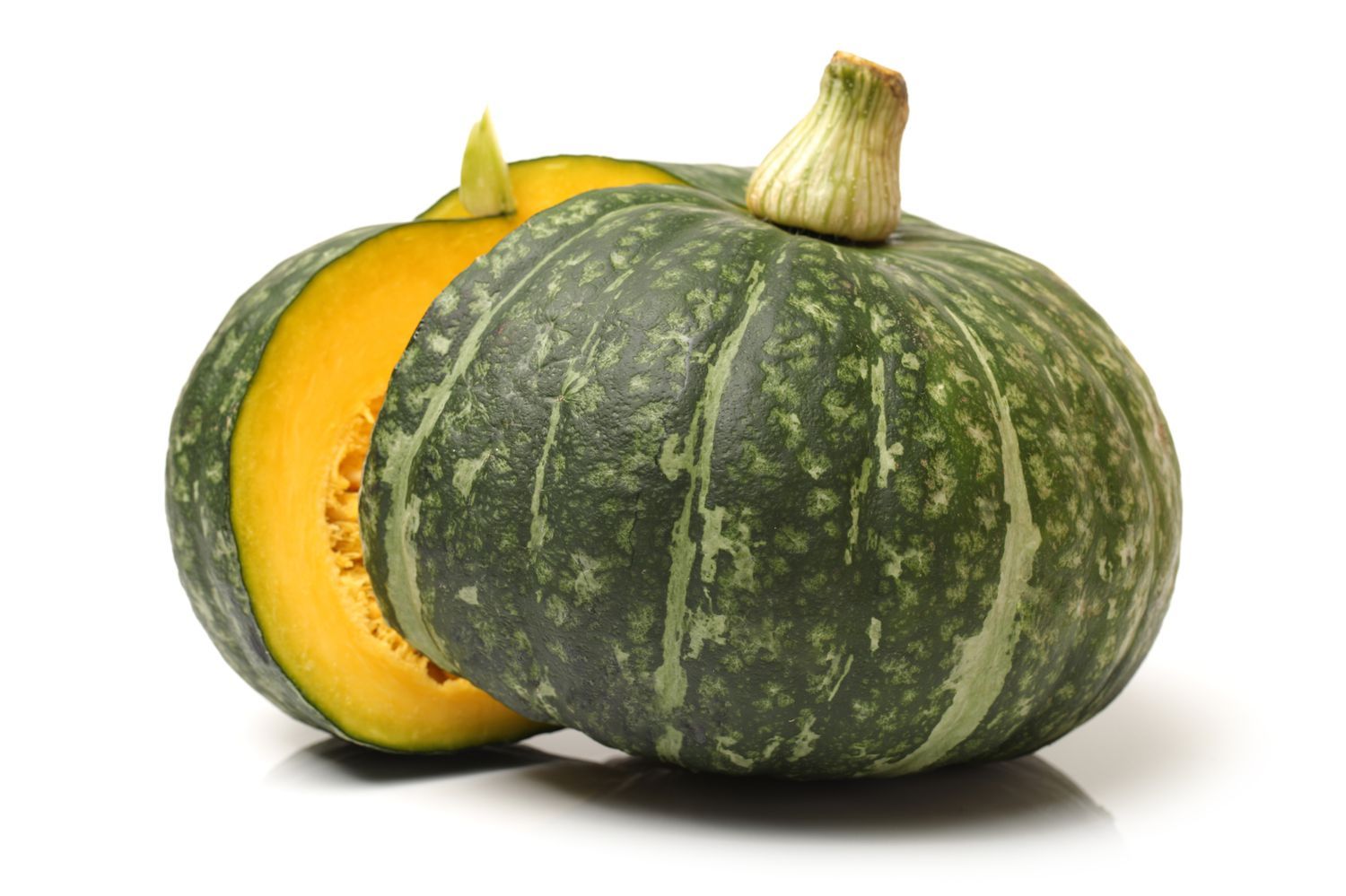
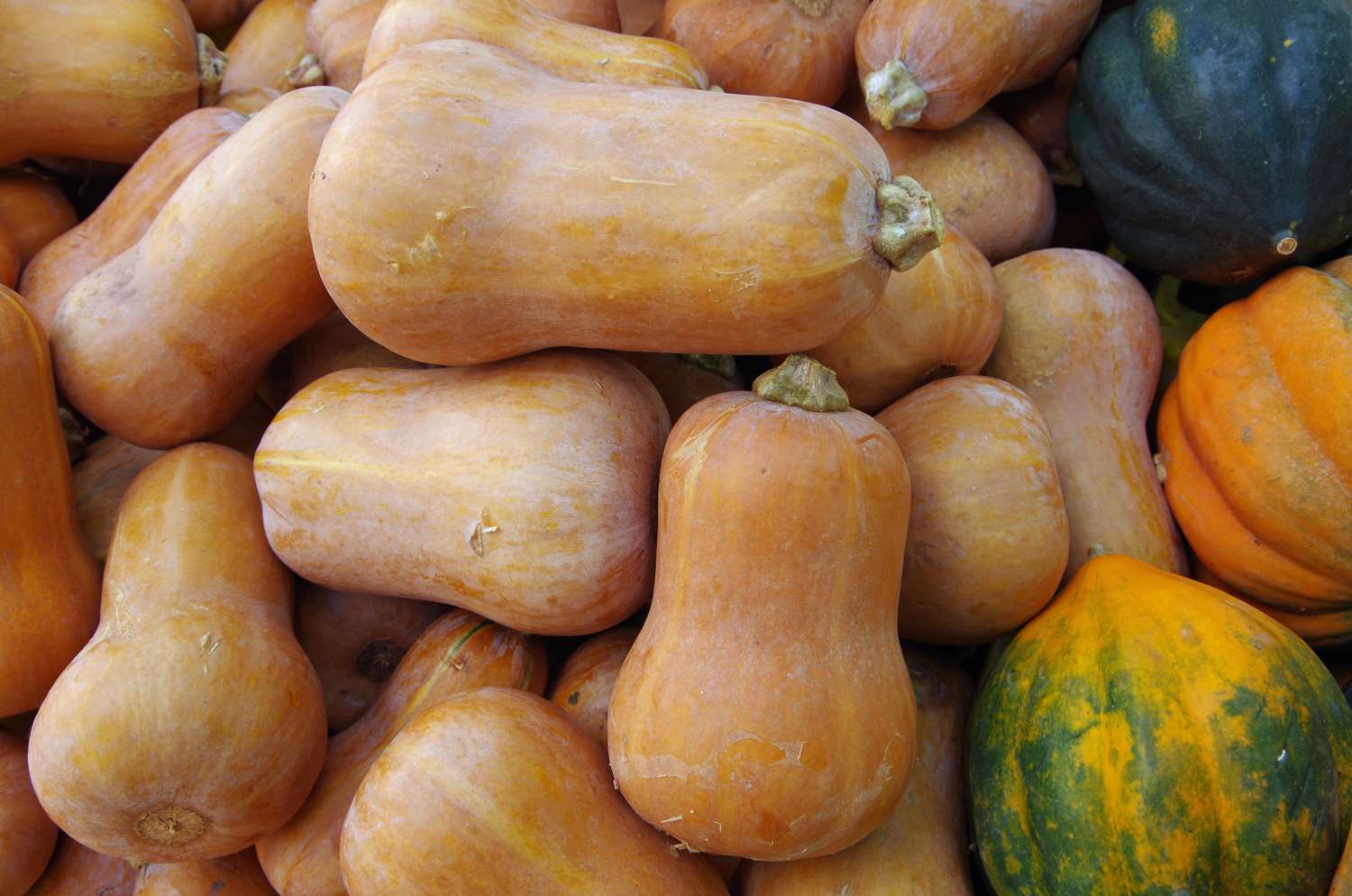
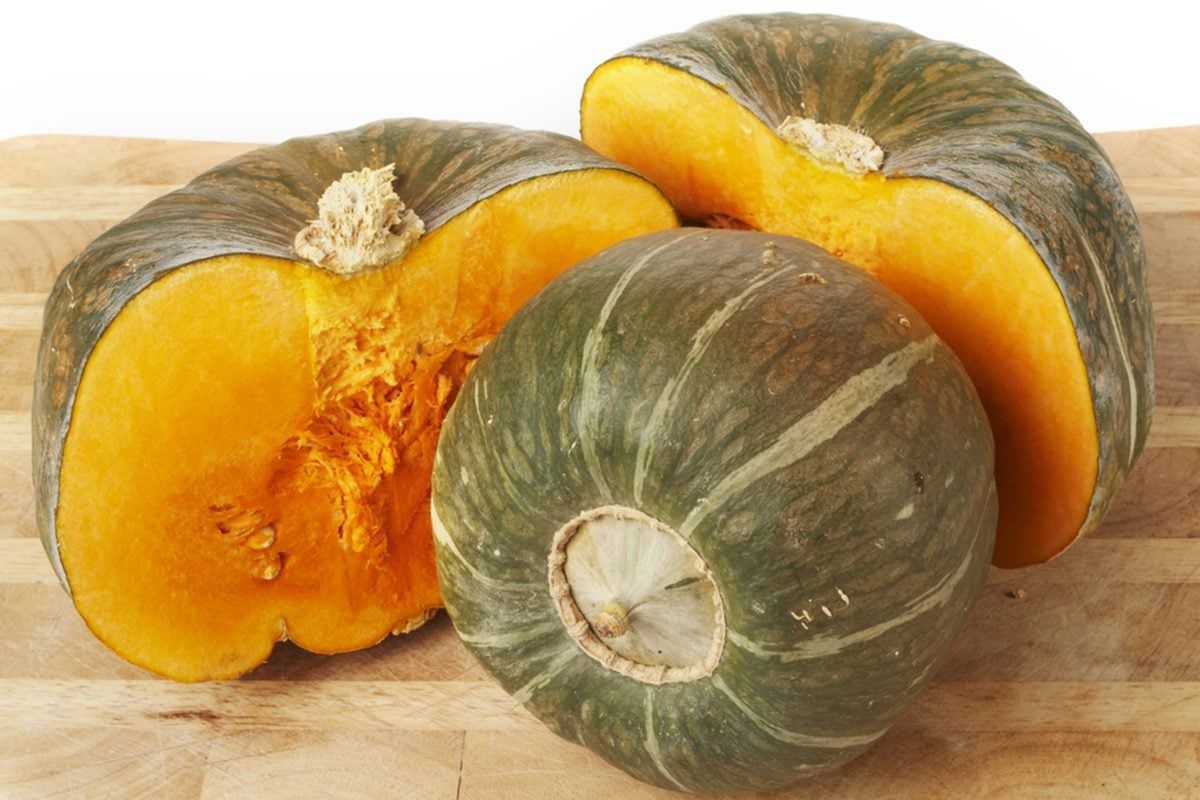
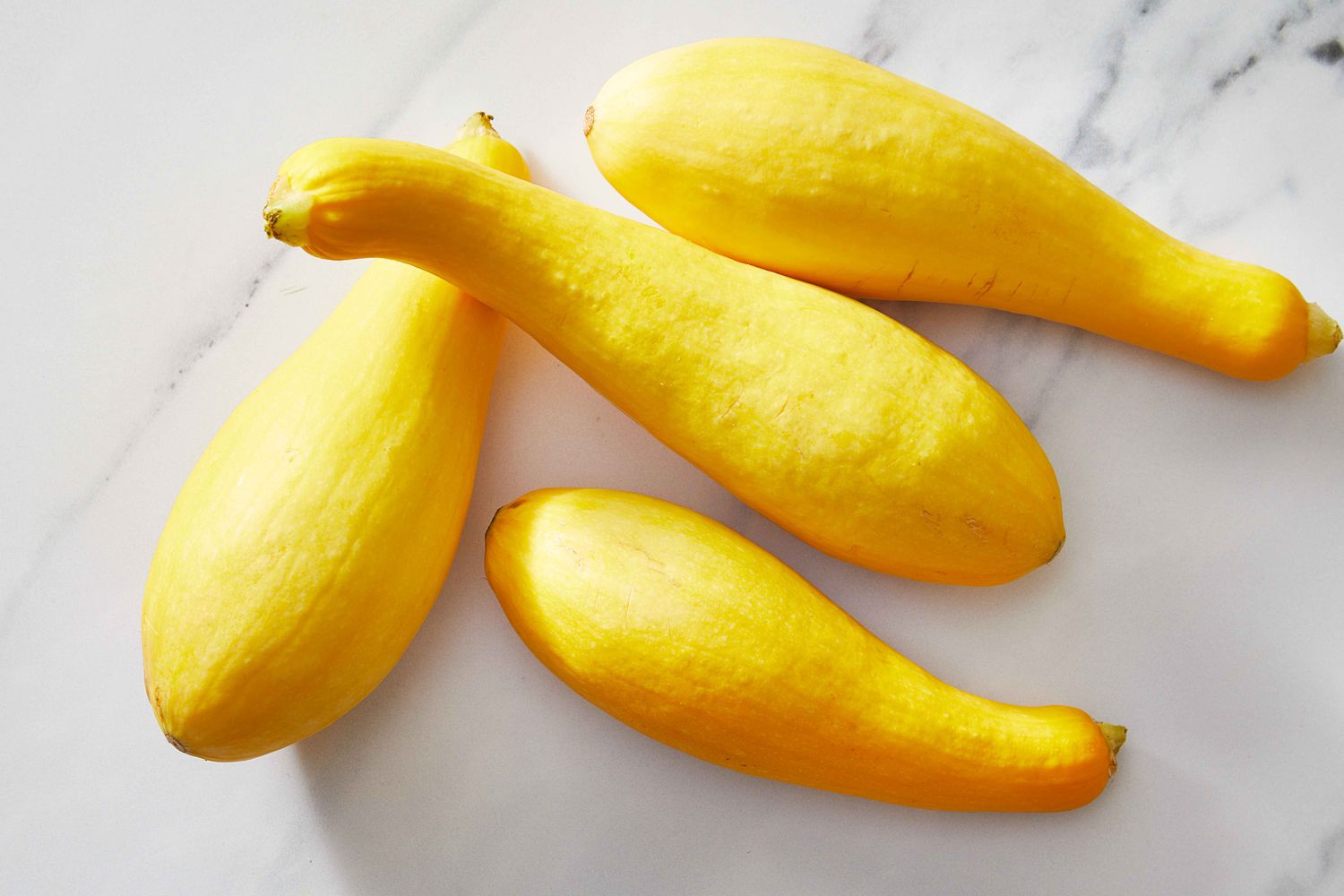
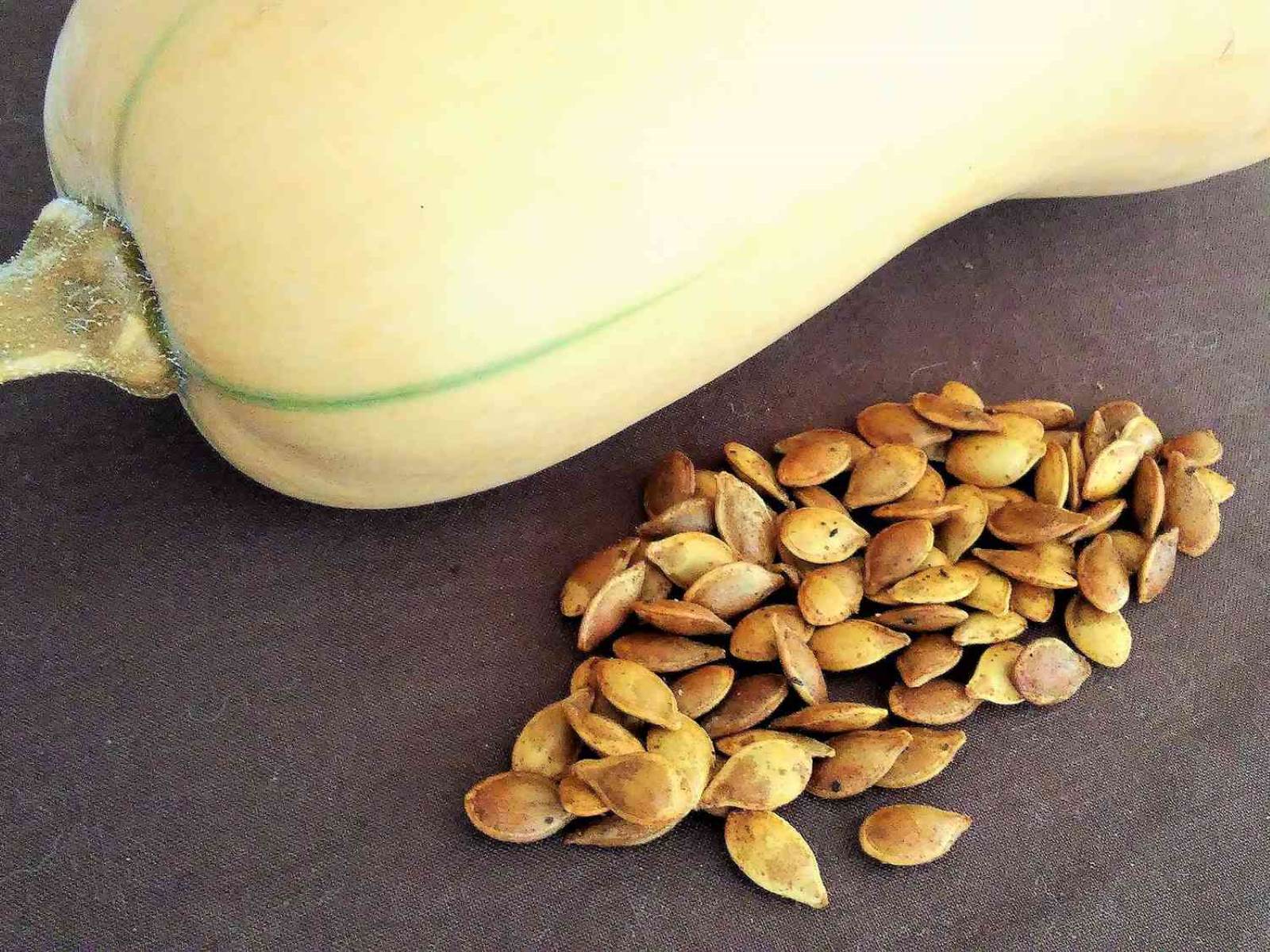
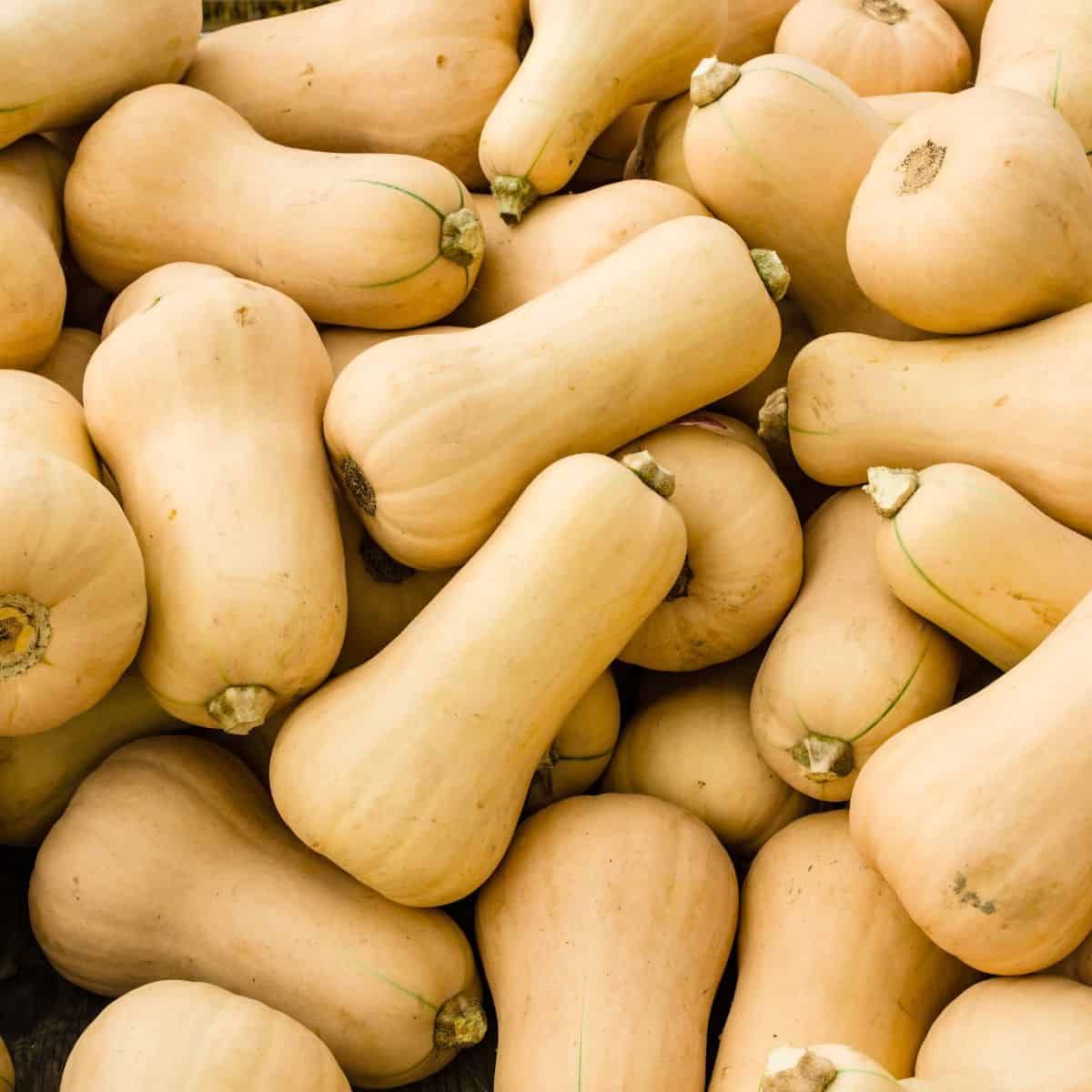

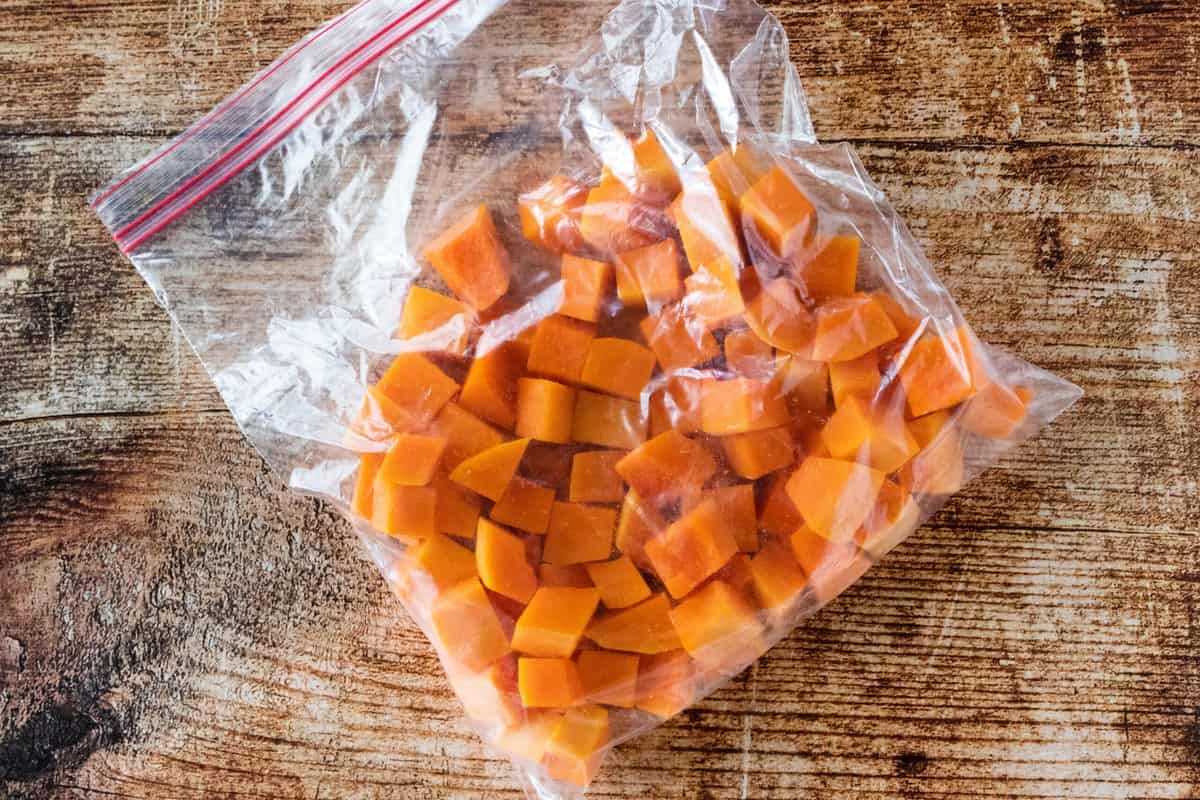

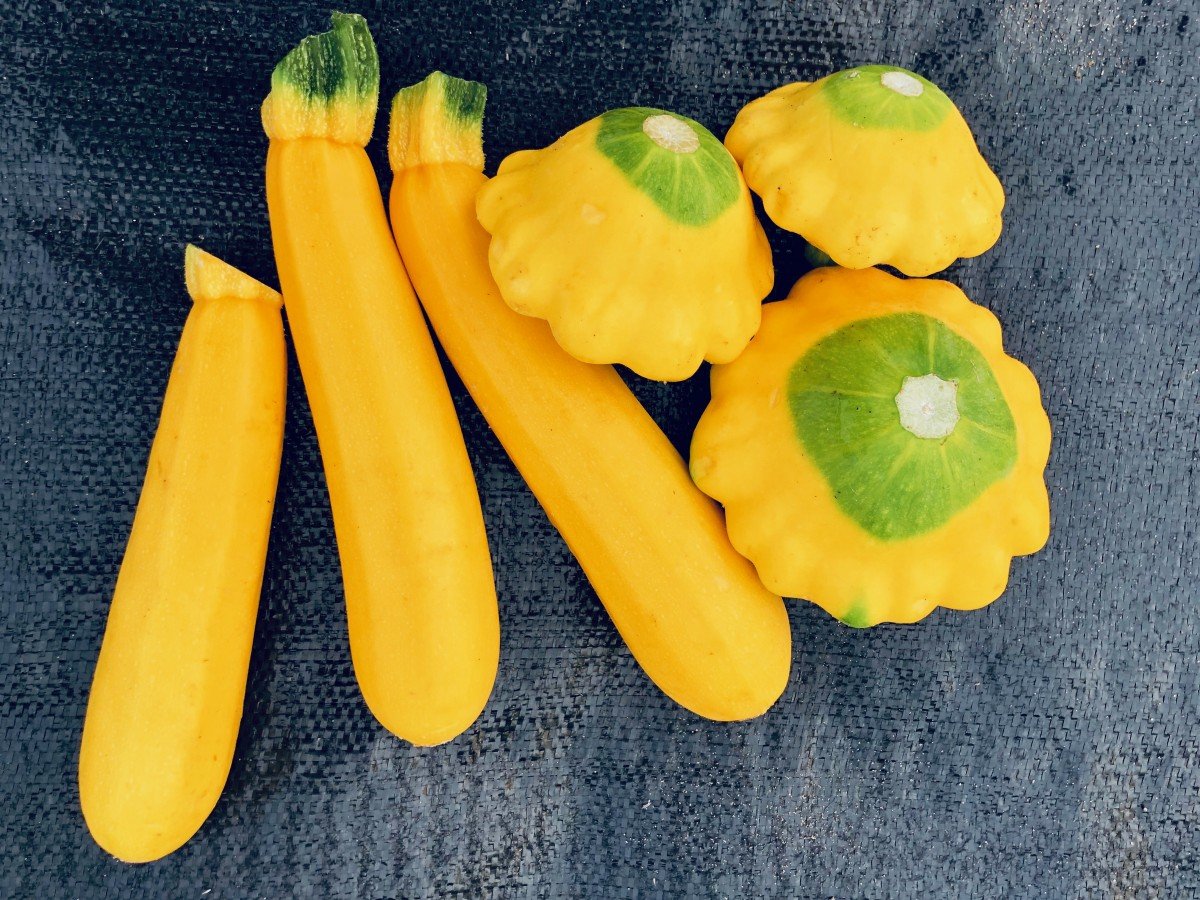
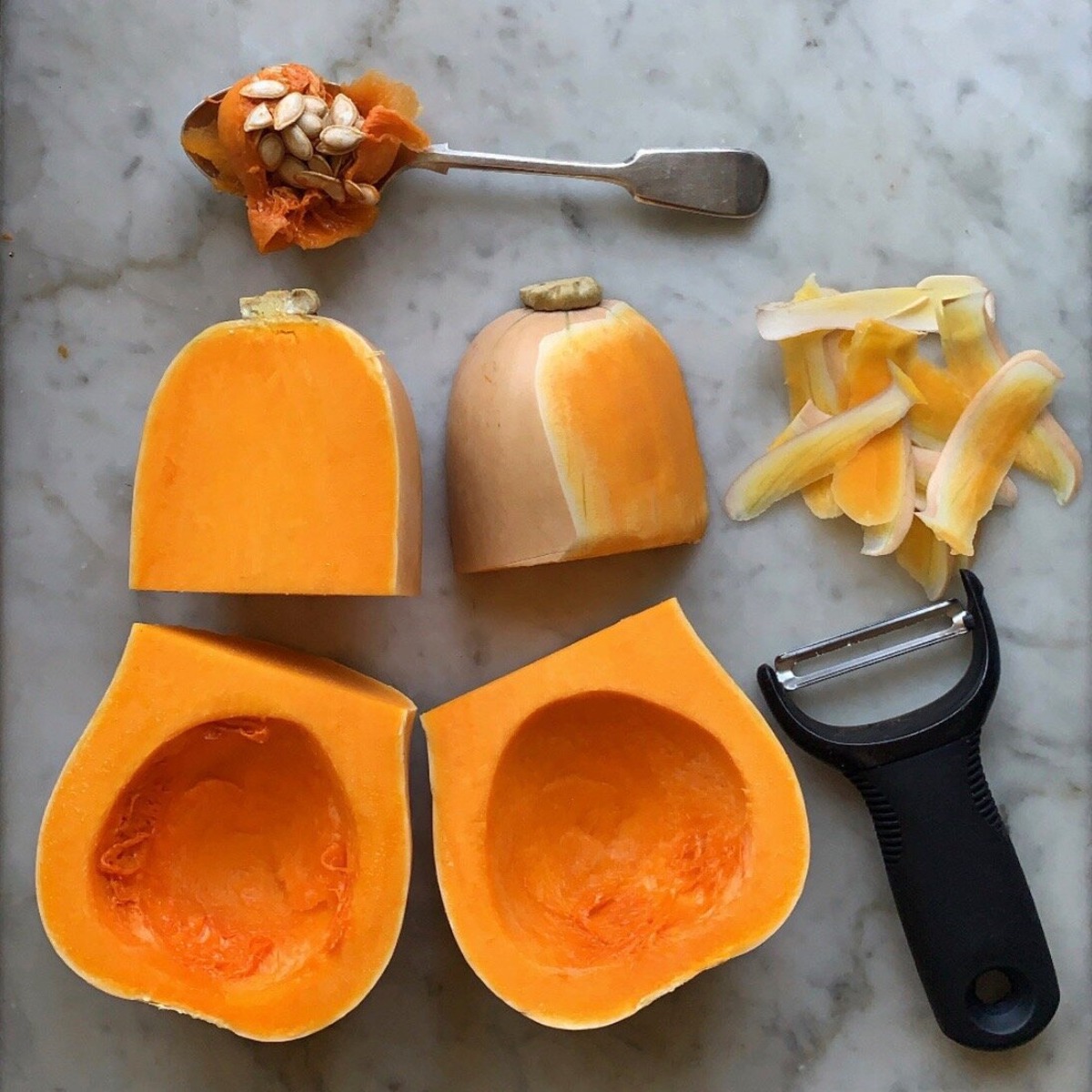

0 thoughts on “How To Store Squash In The Fridge”